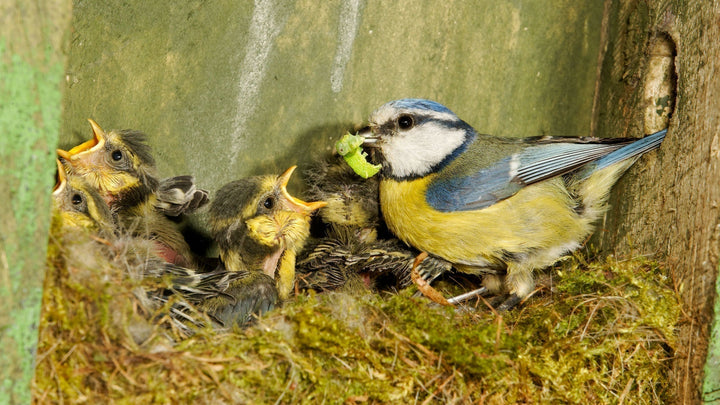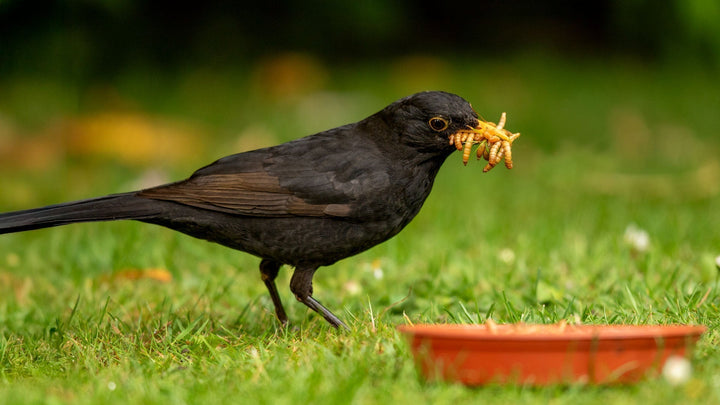
Why Is My Garden So Quiet This Spring?
Have you noticed fewer feathered visitors in your garden this year? You're not alone. Across the UK, garden feeders have been unusually quiet, leav...


Where Wildlife Comes First - Ethical Products with Expert Advice
Shop expert-approved food, habitats, and accessories to create a thriving wildlife-friendly garden.
Trusted for over 35-years: Supplying products that enhance gardens for wildlife, with expert advice, and ethical solutions you can rely on.
Wildlife-first formulas – Nutrition and habitat solutions designed for real impact
Ethical and sustainable – Thoughtfully sourced, waste-free, and planet-friendly
Experts you can trust – Backed by decades of experience and a true passion for nature
Here are this weeks top sellers. We're committed to helping you turn your garden into a haven for all types of wildlife.
Birds, hedgehogs, squirrels, bees & beyond.
Why Ark Wildlife?
Wildlife is struggling—but together, we can help it thrive. Ark Wildlife provides the right products and expert guidance so you can make a real difference in your own garden.
Ark Wildlife had a rather unique beginning. It all began with cups of tea and chats over the kitchen table. Back in 1991, Ark Wildlife’s founder and Director, Sean McMenemy was busy creating wildlife havens at the end of customers’ gardens as part of his landscaping business.
Whenever he was offered a cuppa, he happily accepted (tea with two sugars please), and the subsequent conversations routinely raised the same question: ‘How can I attract more birds (wildlife) to my garden?’.
Having leafed through dozens of ‘bird care’ catalogues with his customers, they continually highlighted a quality gap. Sean collated all their concerns, from lack of choice to dubious quality, right through to the service customers wanted. He then set about creating a new ethical business to satisfy all these needs.
Fast-forward to today and while Sean still leads us and continues to visit customer’s homes to share stories and drink tea (milk no sugar please), the company’s success means the business has grown to become the UK’s leading independent garden wildlife supplier.
The success of Ark today has been fundamentally built on a passion for wildlife, a commitment to customer interests, and a focus on sustainability. We care about our customers and the environment and will happily talk you through any garden wildlife queries you have.
If you care about wildlife, you’re in the right place. Explore our range today and start making your garden part of the solution.

Have you noticed fewer feathered visitors in your garden this year? You're not alone. Across the UK, garden feeders have been unusually quiet, leav...

Blackbirds are one of the UK’s most recognisable and beloved garden birds. Their melodious song and striking appearance make them a joy to observe,...

Spring is a season of renewal and transformation in the natural world. As the days grow longer and the temperatures rise, birds begin their busiest...